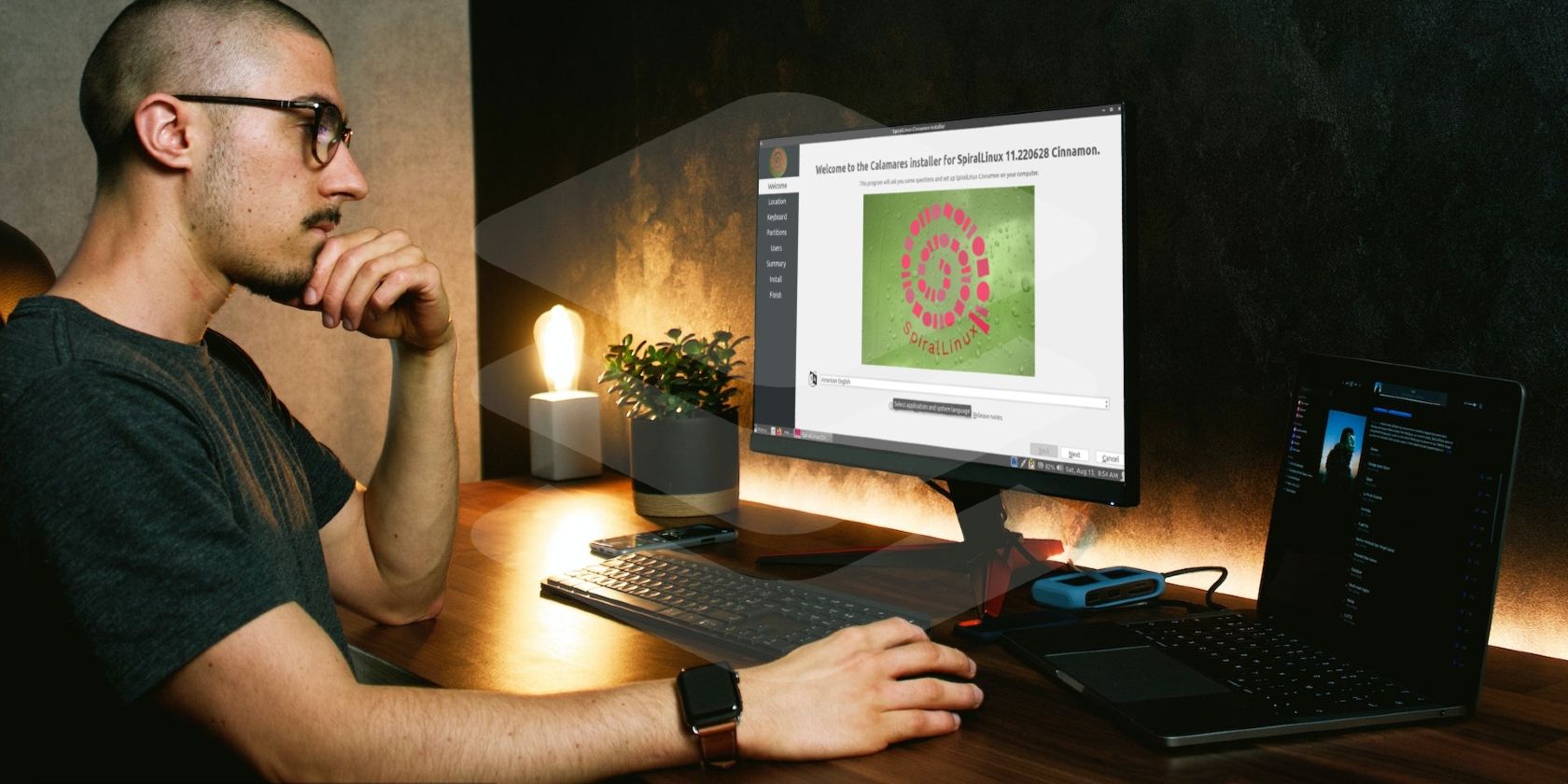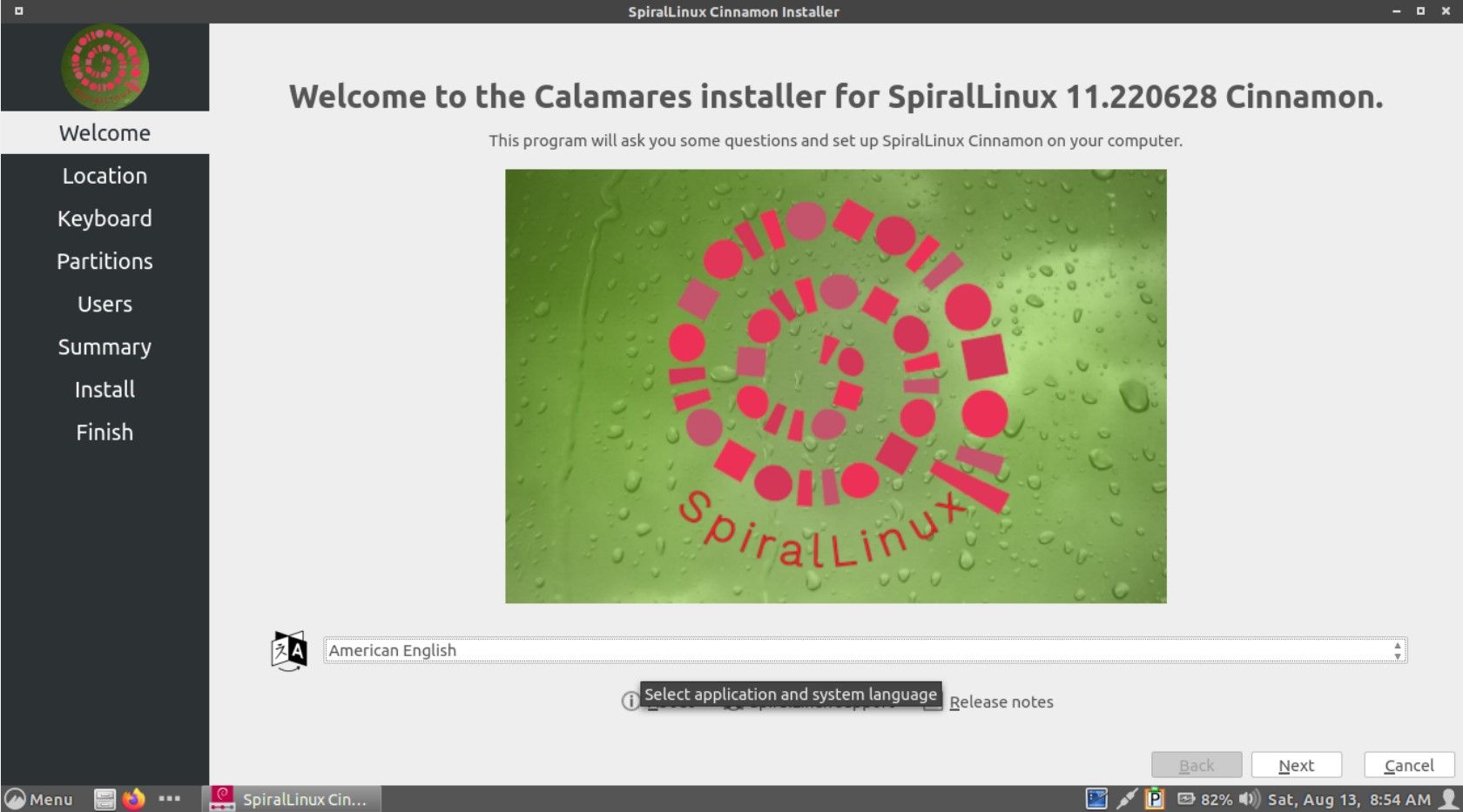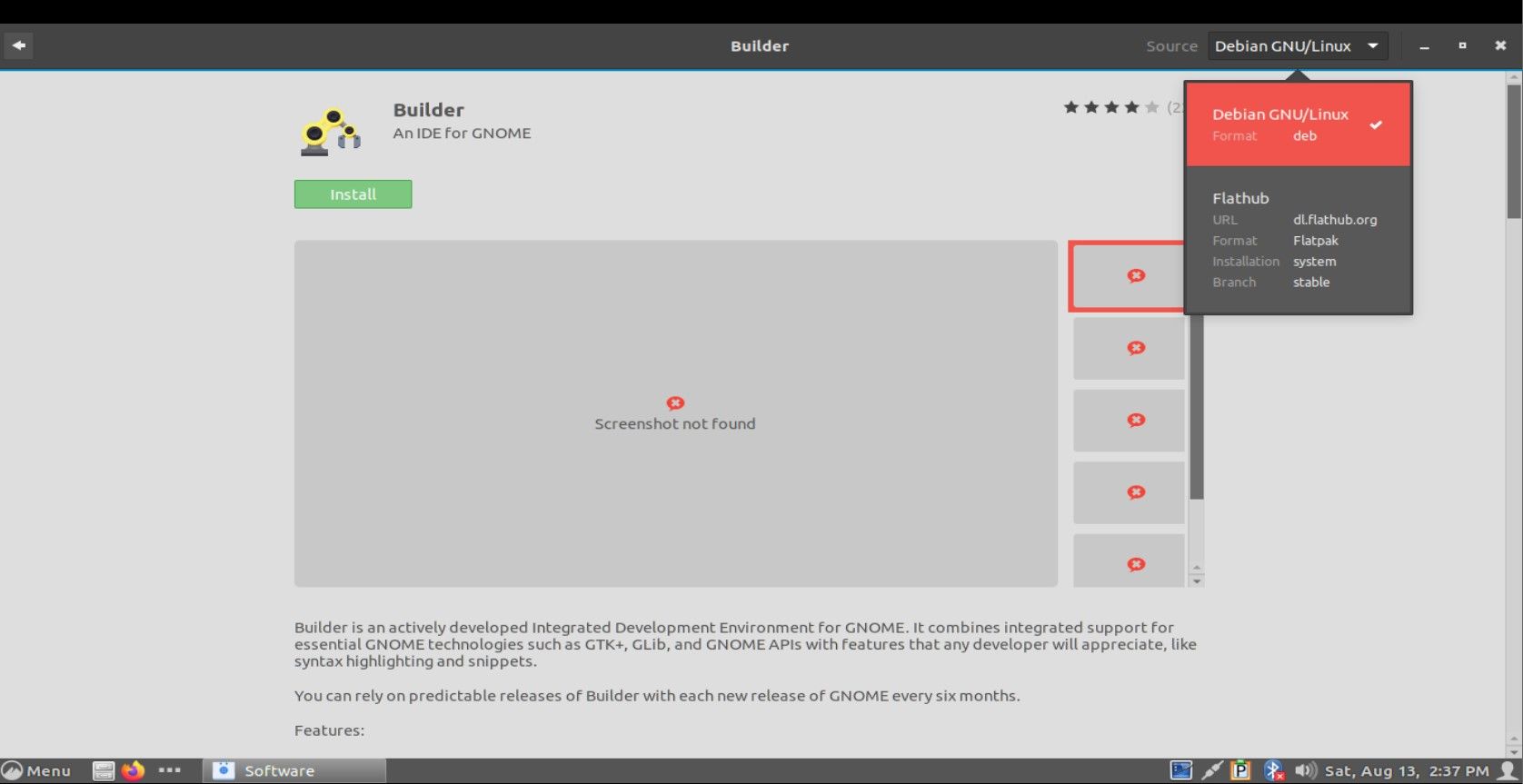Debian is one of the most widely used, trusted Linux distros. It wouldn’t be wrong to say that it is a base distribution for many other OSes, making it one of the most in-demand Linux versions.
Spiral Linux is one such distribution that owes its roots to Debian. Its focus lies in fostering simplicity and providing out-of-the-box features and functionality to the end users.
If you are new to open-source operating systems and want to make an acquaintance with an easy-to-use Linux distro, it’s time to turn to Spiral Linux.
What Is Spiral Linux?
Spiral Linux is a distribution tailor-made for people relatively new to the world of Linux. It’s a brainchild of GeckoLinux’s developer, who prefers to remain anonymous. Despite his anonymity, his OS deserves praise, making it noteworthy in the long run.
While this distro caters to new users, there are a few things amiss that could be incredibly beneficial to first-time users. The lack of a welcome screen makes the booting experience a little incomplete, but it doesn’t mar the experience completely.
Advanced users have customization options, which they can exercise when booting into the system.
Spiral Linux Desktop Variants
When you’re in the process of downloading Spiral Linux, you will get a few desktop options to choose from. Some of these include:
- Cinnamon
- GNOME
- XFCE
- KDE Plasma
- Budgie
- MATE
- LXQt
Since Spiral Linux is based on Debian, you can expect a stable, well-performing OS for regular use. However, there is one evident drawback, which you might need to keep in mind.
The applications are stable built; there is a bit of a lag between the development and the release to the end users. Nonetheless, the lag does not make much of a difference, as patience is a true virtue with Debian's releases.
The wait is worthwhile since you know you will get a stable, well-performing set of applications, which are developed and tested, before being released to a wider audience.
Since change is the only constant, there is an evolving set of desktop-specific applications you can toggle between. Experiment with the different desktop flavors to get a good idea about each desktop’s native packages.
Additionally, there’s a Spiral Linux Builder version, which uses the IceWM window manager and caters to experienced users, who can customize the OS as per their requirements.
System Requirements
Now that Spiral Linux’s concept and evolution are out of the way, here are some system requirements you need to fulfill before installing the OS on your PC.
- 64-bit system: There is only one 64-bit system option available with Spiral Linux. You won’t be able to download the 32-bit or ARM system support images. If you need a 32-bit compatible OS, you'll need to install other Linux distros that support 32-bit architecture.
- RAM: 2GB or higher; depends on which desktop variant you opt for
- Disk: At least 15GB or above
- Processor: Dual-core or a higher processor for optimized results
Spiral Linux Installation
The developers offer a graphical installer, which simplifies the installation process. Alternatively, you can use the Calamares installer if you’re comfortable using the installation framework.
During installation, you get access to manual/auto-partitioning, choosing bootloader location, disk encryption, and much more. Additionally, you can select btrfs, which comes pre-configured with compression (native to Fedora) and automatic snapshots (an ode to openSUSE).
It’s safe to say that the newest distro is a secure copy of Fedora and openSUSE, as it draws many features and functionalities from both Linux versions. Like its parent versions (Debian and openSUSE), even Spiral boots directly into a live desktop.
However, one stark dissimilarity exists with respect to the proprietary drivers available within Spiral. Unlike Debian and openSUSE, Spiral comes with its native non-FOSS drivers and firmware allowing you to connect to the internet to download and install software on the go.
Some other notable features include:
- Power management is enabled via the TLP utility
- Low-spec systems can use zRAM swap support to enhance performance
Under the hood, Debian GNU/Linux 11 Bullseye powers this OS along with the latest Linux 5.16 kernel.
Operating System Performance
From a performance perspective, you will hardly feel any challenges while running the OS. Each desktop flavor is well optimized when it comes to RAM usage.
For example, Cinnamon uses only 900MB of RAM, while XFCE uses only 600MB. In short, all your performance woes will be put to rest, especially when you are working on your chosen desktop version.
Package Installation Methods
In an ideal distribution, the applications and packages play the most significant role, determining which way the user’s vote swings.
Spiral has Flatpak apps support and a pre-installed GUI to install the applications relatively quickly. The pre-configured Flatpak themes add to the charm of the entire desktop layout.
You get the graphical Synaptic Package Manager, and a GNOME Software repository to download and install your favorite applications.
On the flip side, you can’t download any package from the Snap Store, since there is no apparent compatibility between Spiral’s desktop versions and Snap applications.
There is no excessive bloatware within the default packages, which allows the OS to perform as it should.
Switch From Debian Stable Mode to Testing
As is the case with other Debian distros, you can switch between Testing and Unstable modes with Spiral Linux. Within the Testing mode, you get access to new, unreleased apps, which aren't rolled out on the Stable version.
Probably, one of the best things is that you don't have to access a completely new OS to log into the Testing mode. You can easily upgrade to the future Debian versions from the command line, with a few lines of code.
Do You Really Need a New Debian-Based Linux Distro?
Many users are questioning the need for yet another new Debian-based Linux distro, considering plenty are already available in the market. You might find Spiral Linux an easy OS to install and use if you are a new user.
In short, Spiral Linux works, and it works well. It gives you everything you might need to ease yourself into the world of Linux. You can easily migrate to another OS to try your newly acquired skills when you are a little more familiar with its various nuances.
To make the most out of your Linux usage experiences, you should always keep your requirements in mind and then pick and choose an operating system that suits you best.




